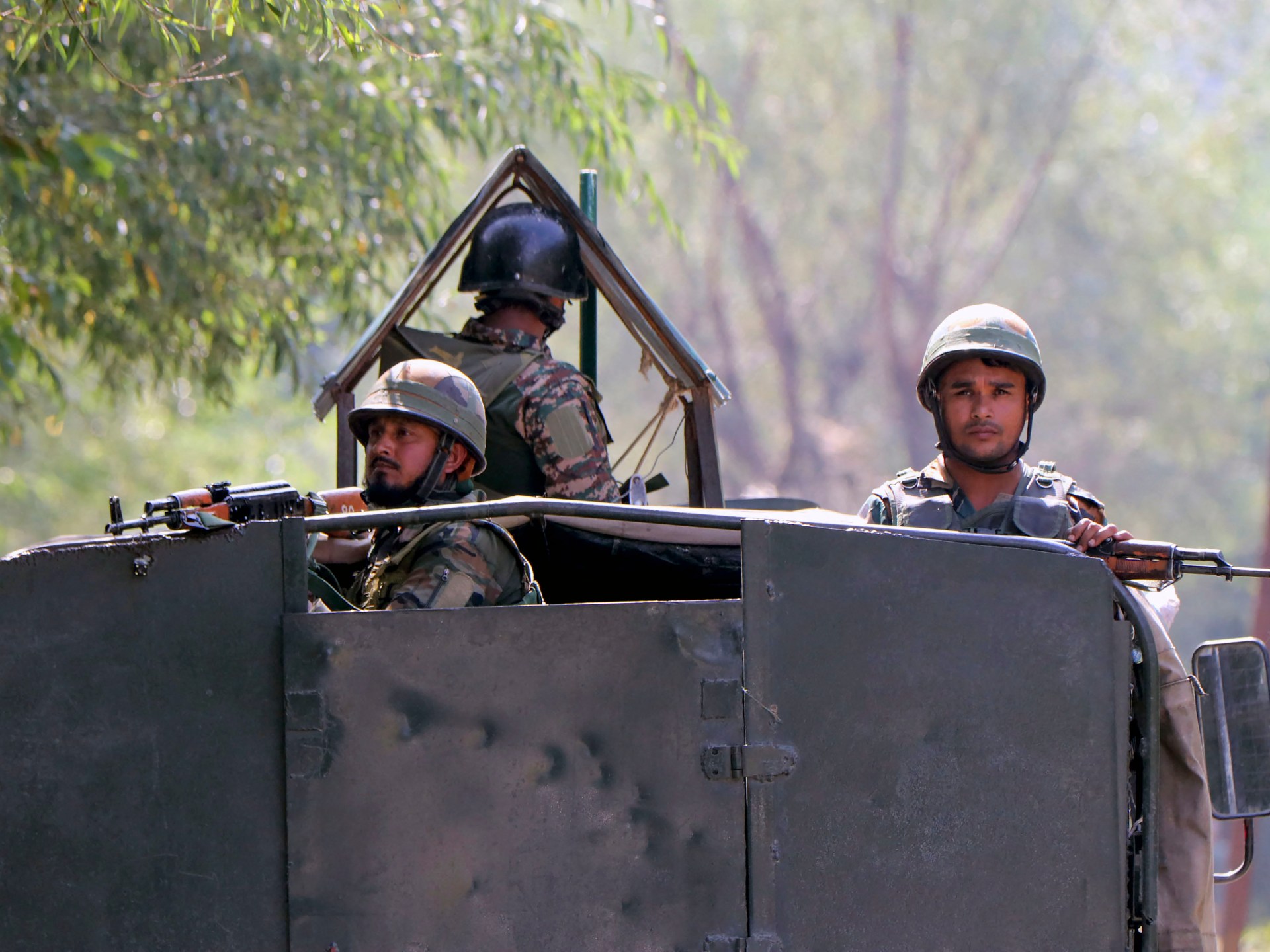
The wealthy professionals of Ivory Coast’s national soccer team were resting in their luxury hotel last week, preparing for a game in Africa’s biggest tournament, when Yaya Camara sprinted into a dusty parking lot and began throwing pass after pass to his friends.
He repeatedly caught the game’s under-inflated ball and then sent it away with his favorite soccer shoes: worn-out plastic sandals that were long considered the poor’s sneakers, but which he and his friends wear as a badge of honor.
Shiny football boots like those of his idols? No thanks, said Mr. Camara, a slim 18-year-old midfielder, as he wiped sweat from his brow.
“How did the professionals start playing when they were kids like us? “With lêkê,” he added, referring to the sandals that are ubiquitous not only in his recreational sport, but almost everywhere an Ivorian puts his feet.
While the best African teams wear expensive branded shoes at this year’s continental football championship, the Africa Cup of Nations, it is in Lêkê (pronounced leh-keh) that amateur players are creating the best street football.
They praise the cheaper sandals for their practicality – “They’re lighter, they fit better and they’re more comfortable where we play,” as Mr Camara put it – at games that take place in shiny new stadiums rather than on manicured pitches countless sandy courts, dusty courtyards and narrow streets.
“Lêkê are the national shoes of Ivory Coast,” said Seydou Traoré, his feet resting in an orange pair (the national color), as he watched a nerve-wracking game on a television set in the street along with dozens of neighbors and friends. Many of them also wore Lêkê.
It’s unclear how the shoe became so popular in Ivory Coast. Most players said they had worn them as toddlers. school children carry them to school. And they bloom on countless feet when the streets of Abidjan fill with water in the rainy season.
And while the Jelly shoe has become a trend in the fashion world in recent years, and luxury brands like Gucci are making their own version. They are chic in Ivory Coast for both stylistic and pragmatic reasons.
“Except for the office, you can wear them anywhere, even to a party,” said Mr. Traoré, an amateur player who once played in Ivory Coast’s second division.
In Ivory Coast, one of West Africa’s largest economies and home to a dynamic middle class, heels, dress shoes or leather sandals remain the preferred office shoes. But Lêkê’s appeal only became apparent a few years ago, when one of the country’s most famous singers became a businessman posed on the cover of a style magazine wearing a gray western-style suit and white plastic sandals.
As the story goes, the Jelly sandal originated in 1946 when a French knife maker invented the original model to use a large amount of plastic he had ordered to make knives. Its original shape – spiked soles, a round toe and a basket-weave top – has changed little over the decades.
The French company Humeau-Beaupreau, which now owns the patent, sells 800,000 pairs per year, according to a company representative. But the majority of lêkê found in West Africa is made locally; In Ivory Coast you can buy a pair on almost every street corner for about $1.50.
On a recent afternoon, Céliba Coulibaly and Saliou Diallo bought a new pair – “cap chap,” as they said, or in a hurry – because they had to pick up tickets later in the day for a Nations Cup game against Guinea, Mr. Diallo’s home country .
Of course they would go to the stadium in Lêkê, said Mr. Diallo. “They are light and comfortable,” he added. “What else would I wear?”
In Ivory Coast, amateur soccer players are divided over which model they should wear best – those bearing the name of Argentine star Lionel Messi or those named after Basile Boli, the Ivory Coast-born French player who retired from football before many others who now wear them lêkê were born.
As football boots, Lêkê are intended for short-term use, as the straps often break after just a few weeks. They are only replaced when they can no longer support the feet, so worn soles are a source of pride – evidence of hours of non-stop play on dilapidated fields known locally as Maracana, a tribute to the famous football stadium in Rio de Janeiro Janeiro. The scars and scratches that the metal band leaves on the feet are both a sign of suffering and a symbol of dedication to the sport, players say.
“Let a guy come with real sneakers and we’ll make fun of him: ‘Do you think you’re a professional player or what?'” Iliass Sanogo said as he watched a group of friends all wearing Lêkê and in the haze played twilight.
Street vendors said the popularity of sandals colored with the Ivorian flag (orange, white and green) rose sharply during the Africa Cup of Nations.
“Then we started losing and sales collapsed,” joked one of them, Aboubakar Samaké, as he hawked jerseys for the tournament teams and all sorts of green and orange goods, from bracelets to lêkê, in a busy neighborhood in Abidjan .
The drop in sales could also be due to the fact that Mr. Samaké, who described his mood as “overwhelmed” after a particularly serious loss, did not leave the house for two days.
“But discouragement is not an Ivorian thing,” Mr. Samaké, now back at work, quickly added.
A few hours later, the Ivory Coast national team was scheduled to play against reigning Nations Cup winners Senegal. Mr. Camara, dusty and sweaty from his pick-up game, rushed home, dropped his cock and jumped into the shower. He emerged a few minutes later wearing an Ivory Coast jersey and clean jeans. He let his dog rest, put on flip-flops and strolled to a nearby kiosk to watch his team win.






Recent Comments